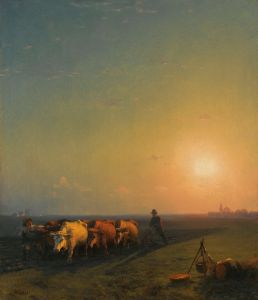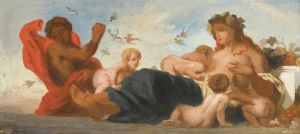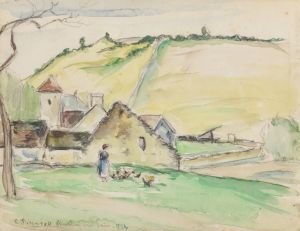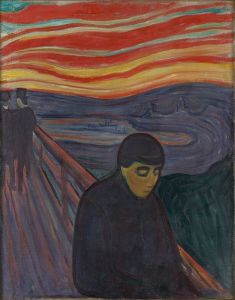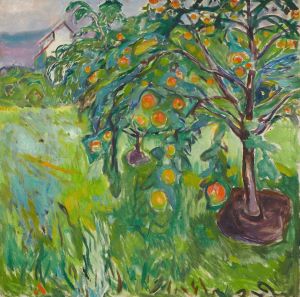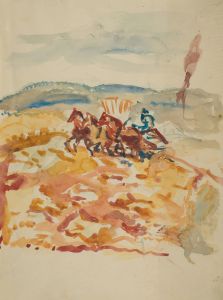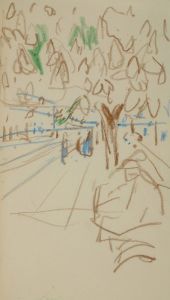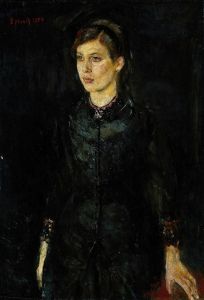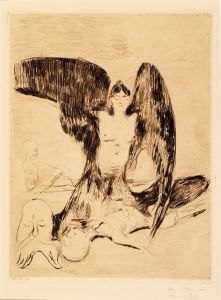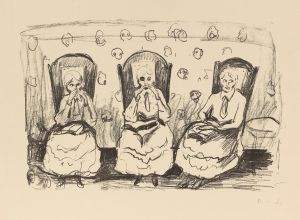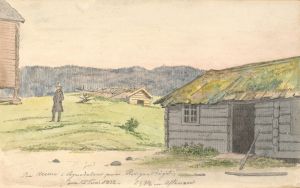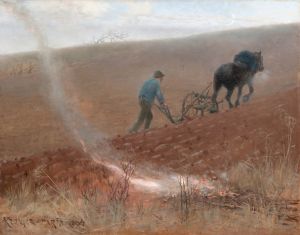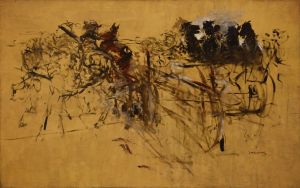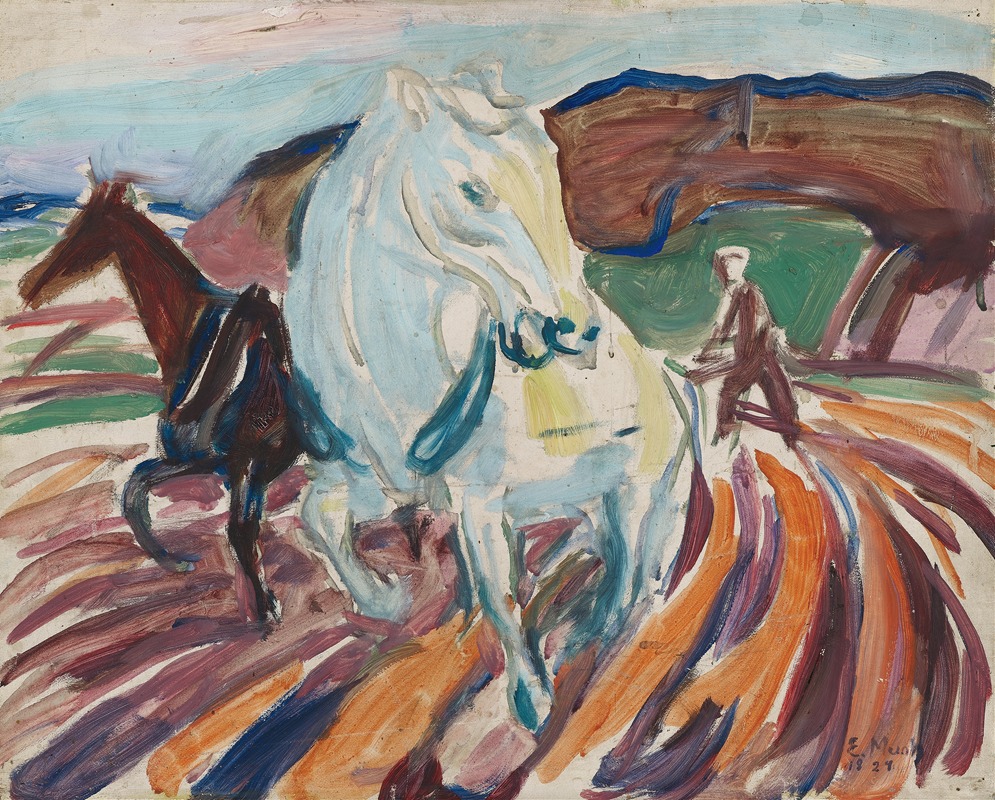
Horses Ploughing
A hand-painted replica of Edvard Munch’s masterpiece Horses Ploughing, meticulously crafted by professional artists to capture the true essence of the original. Each piece is created with museum-quality canvas and rare mineral pigments, carefully painted by experienced artists with delicate brushstrokes and rich, layered colors to perfectly recreate the texture of the original artwork. Unlike machine-printed reproductions, this hand-painted version brings the painting to life, infused with the artist’s emotions and skill in every stroke. Whether for personal collection or home decoration, it instantly elevates the artistic atmosphere of any space.
Edvard Munch, a Norwegian painter best known for his iconic work "The Scream," also created a lesser-known piece titled "Horses Ploughing." This painting is part of Munch's extensive body of work that explores themes of nature, life, and the human condition. While "Horses Ploughing" may not be as famous as some of his other works, it still reflects Munch's distinctive style and thematic interests.
"Horses Ploughing" depicts a rural scene, capturing the essence of agricultural life. The painting features horses engaged in the laborious task of ploughing a field, a subject that resonates with Munch's interest in the natural world and the cycles of life. The use of horses in agriculture was a common sight during Munch's time, and this painting serves as a testament to the agrarian lifestyle that was prevalent in Norway and much of Europe during the late 19th and early 20th centuries.
Munch's style in "Horses Ploughing" is characterized by his expressive use of color and form. The painting likely employs a palette that emphasizes earthy tones, reflecting the natural environment and the physicality of the work being depicted. Munch's brushwork may convey a sense of movement and energy, capturing the dynamic interaction between the horses and the land they are working.
Thematically, "Horses Ploughing" can be seen as part of Munch's broader exploration of human experiences and emotions. While much of his work delves into psychological themes, this painting focuses more on the connection between humans, animals, and the land. It highlights the interdependence between people and nature, a recurring motif in Munch's oeuvre.
Edvard Munch was influenced by various art movements, including Symbolism and Expressionism, and these influences are often evident in his work. Although "Horses Ploughing" may not explicitly align with these movements, the painting still reflects Munch's interest in conveying deeper meanings and emotions through his art. His ability to imbue everyday scenes with a sense of significance and emotional depth is a hallmark of his artistic approach.
Munch's work has had a lasting impact on the art world, and his exploration of themes related to nature and human existence continues to resonate with audiences today. "Horses Ploughing," while not as widely recognized as some of his other paintings, contributes to the understanding of Munch's artistic legacy and his engagement with the world around him.
In summary, "Horses Ploughing" by Edvard Munch is a painting that captures a moment of rural life, reflecting the artist's interest in nature and the human condition. Through his expressive style and thematic focus, Munch offers a glimpse into the agrarian lifestyle of his time, while also exploring broader themes of connection and interdependence.





